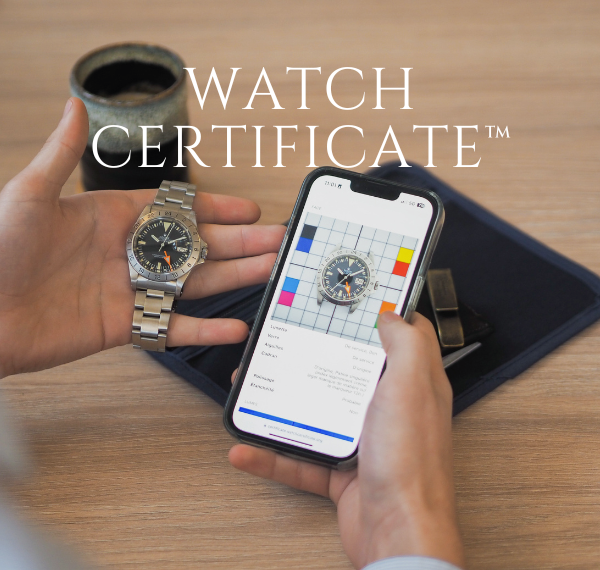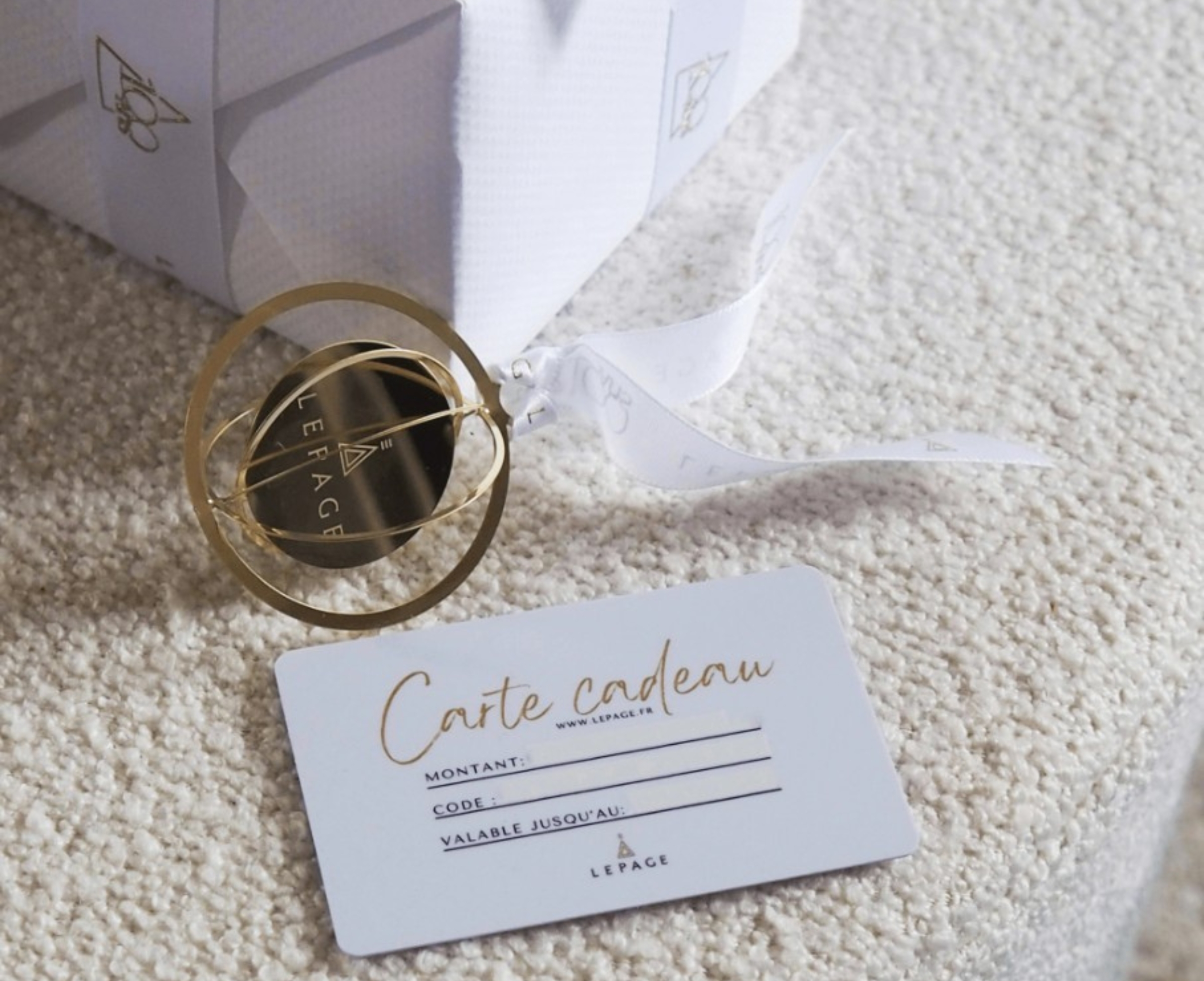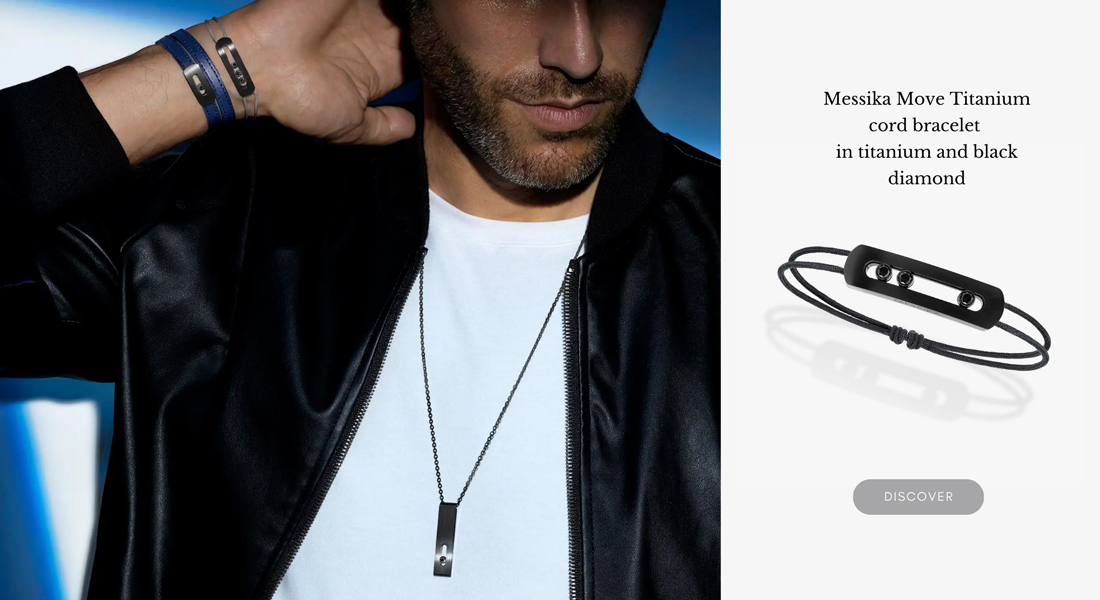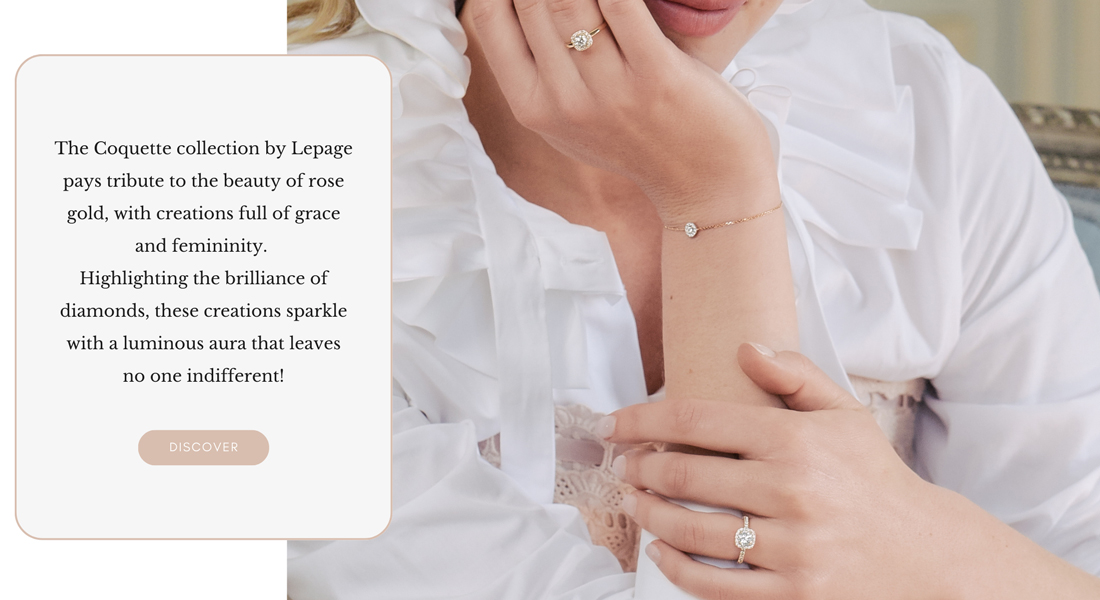Introduction
Since time immemorial, precious metals have fascinated mankind with their brilliance and rarity. Associated with wealth, status and artistic expression, these metals play a central role in the world of jewelry. Beyond their simple use as materials, precious metals have a profound history and lasting cultural impact. They embody the heritage of ancient civilizations, the creativity of craftsmen and the quest for timeless beauty. Unable to be manufactured by man, precious metals such as gold, silver, platinum and palladium are naturally occurring chemical elements extracted from specific mineral deposits..
The history of precious metals in jewelry is a saga woven from age-old traditions and technological advances. From the sacred jewels of the Egyptian pharaohs to the modern creations of contemporary workshops, gold, silver, platinum and palladium play an essential role in the manufacture of jewelry and ceremonial objects..
In this article, we take a closer look at the characteristics of the metals most commonly used by jewelry makers, as well as those less commonly found, such as titanium and copper. From golden flashes and silvery reflections to the purity of platinum and the more recent discovery of palladium, we take a look at the particularities of each metal, their aesthetic qualities and their technical advantages.
Prepare to plunge into a world where sophistication shines and human ingenuity comes to life in sparkling rings, luminous necklaces and dazzling bracelets. From the craftsmen of yesteryear to contemporary designers, linking generations through the beauty and rarity that is their essence, precious metals reveal themselves to you !
The four main precious metals in jewelry
Gold
Gold, the precious metal par excellence, has long captivated jewelry artisans and enthusiasts alike for its timeless beauty and rarity. Used for millennia, gold is much more than a simple material in the world of jewelry. Its unique properties, variety of shades and prestige make it one of the most sought-after choices for creating elegant and meaningful pieces. Being at the heart of Lepage's creations, we have already dedicated a special article to this incomparable metal, in which you'll find a wealth of explanations about the 18k gold we use to shape our creations. In this article, we also take a closer look at the specificities of white gold, yellow gold and rose gold, as well as a very important point for our Maison: gold repurchasing. This enables us to bring to life creations using recycled gold, a value in line with our commitment to the environment. Responsible Jewelry Council which drives us every day.
To sum up, gold is a unique metal, distinguished by its malleability (meaning it can be hammered, stretched and shaped into a multitude of complex forms without breaking) and its naturally golden color in its pure form (formerly known as 24k gold). Too soft to be used pure, gold used in jewelry is alloyed with other metals to make it workable. The finest quality to be found in jewelry is 750 thousandths (formerly "18 carat") gold, i.e. an alloy composed of 75% pure gold and 25% other noble metals such as silver, copper or palladium. By adjusting the doses of each of these metals, it is also possible to impart a particular color to the metal. This is how white gold (or "white gold"), yellow gold and rose gold are produced for Lepage jewelry.
Silver
Less rare and therefore less precious than gold, silver also has a place of choice among jewelers. Silver is not one of our preferred materials for Lepage creations, so you won't find any of our jewels made in silver. Recognizable by its distinctive silver hue, it nevertheless offers a refined alternative to gold for the creation of jewelry.
Pure silver (also known as "fine" or "solid" silver) is 99.9% silver and is often marked with the "925" hallmark to indicate its purity. However, because of its tenderness, pure silver is rarely used on its own for jewelry that has to withstand daily wear and tear. Sterling silver, the most common type of silver used in jewelry, is an alloy composed of 92.5% silver and 7.5% other metals such as copper. This alloy enhances the durability of silver while retaining its characteristic lustre. Sterling silver jewelry is appreciated for its combination of beauty and strength.
Turntable
Renowned for its unique brilliance and durability, platinum is one of the most prized metals for creating high-quality jewelry, even rarer than gold (the rarity of a precious metal is determined by its availability in the earth's crust, as well as the costs and challenges associated with its extraction). Its remarkable characteristics make it an iconic choice for pieces that embody elegance and luxury, and its popularity has endured through the ages.
Platinum is distinguished by its luminous white-silver color, which sets it apart from silver (which tends to be gray) and gold (gilded). Its natural hue gives it a sober, timeless elegance, perfectly suited to a variety of designs, from the most classic to the most modern. In addition to its distinctive aesthetics, platinum is renowned for its resistance to wear and corrosion. It does not tarnish and retains its lustre over time, making it an essential choice for jewelry intended for everyday wear, such as wedding rings.
Palladium
Although palladium is less well known than gold and platinum, it is no less precious. In fact, this noble metal from the platinum family is gaining in popularity thanks to its rarity and remarkable properties. Endowed with a refined silvery lustre, palladium lends jewelry a contemporary aesthetic while evoking the simplicity of luxury. Shining with its own light thanks to its purity, palladium is highly resistant to time and tarnish. Rare and noble, it is generally present in alloys, notably in the alloy used to shape white gold, because of its attractive color and non-oxidizing properties.
Other precious metals used in jewelry
Titanium
Generally associated with industrial and technological applications, titanium is increasingly emerging as a bold and innovative choice for jewelry. This lightweight yet robust metal offers a unique combination of characteristics that appeal to contemporary designers and jewelry enthusiasts looking for modern aesthetics and exceptional durability. These qualities make it an ideal material for jewelry that is both comfortable to wear and capable of withstanding the challenges of everyday life. What's more, titanium is hypoallergenic, making it an attractive choice for people with metal sensitivities. Capable of taking on various colors such as silver, black or even iridescent reflections depending on how it is treated, titanium gives life to jewelry that appeals greatly to men. Luxury brands such as Messika, dinh van ou encore Fred have understood men's infatuation with this material, and now offer a range of jewelry for men specially designed in titanium!
Rhodium
A member of the platinum family, rhodium is a precious metal that plays an essential role in the jewelry industry as a coating. Although rarely used in its pure form to create jewelry, rhodium is mainly used as a coating to add sparkle, durability and protection to silver, white gold and palladium jewelry. Renowned for its bright, silvery appearance, it is used in particular to enhance the appearance of jewelry.
However, one of rhodium's most valuable characteristics is its resistance to corrosion and oxidation: in fact, when applied as a coating, it forms a protective barrier that preserves the beauty and integrity of jewelry. The rhodium plating process (also known as "rhodium plating") involves applying a thin layer of rhodium to the surface of the jewelry. This layer is often achieved by electrolysis, where the jewel is immersed in a solution containing rhodium ions, then an electrical charge is applied to deposit the metal on the surface. This meticulous process ensures an even layer of rhodium on the jewel, creating a smooth, luminous surface and a uniformly silvery appearance.
Bien que les bijoux plaqués au rhodium offrent une durabilité accrue, il est important de noter que ce revêtement peut s'user avec le temps, en particulier sur les bijoux qui sont exposés à des frottements fréquents. L'entretien régulier, le nettoyage doux et l'évitement de produits chimiques agressifs contribuent à préserver l'éclat du revêtement au fil du temps. Les Ateliers Lepage, proposent un service de rhodiage de vos bijoux, effectué directement sur place par nos maîtres joailliers, afin de leur assurer beauté, éclat et durabilité.
Copper
In jewelry, copper is often alloyed with other metals to improve durability and strength. Brass, an alloy of copper and zinc, is widely used to create jewelry pieces with a golden tone. This versatility in terms of alloys offers designers a varied palette in which to express their artistic vision.
At Lepage and the prestigious luxury Maison we work with, copper is alloyed with gold to create rose gold. Thanks to the softness of its color, jewelry can take on a pretty romantic hue or a more pronounced one, almost becoming red gold. Appealing to both men and women, rose gold can take on many different shades, depending on the quality of the copper added to the alloy. Each brand can thus create its own signature through a more or less pronounced rose gold.
Conclusion
Precious metals have played a significant role in the history of mankind, and continue to fascinate and inspire the world of jewelry. Their use is not limited to jewelry design, but also carries profound cultural, emotional and symbolic significance.
Over the centuries, they have been considered symbols of wealth, power and divinity in many cultures around the world. Their rarity, strength and aura make them precious materials for jewelry and artifacts that stand the test of time.
Beyond their beauty and value, precious metals tell stories. They link generations through time, connecting craftsmen of yesteryear with modern designers. They carry memories and emotions, becoming family treasures and personal heirlooms…
In short, precious metals used in jewelry transcend ephemeral trends to embody eternity. They embody art, tradition and personal expression, while serving as a bridge between cultures and eras. Each piece of precious metal jewelry tells a unique story, one that continues to captivate minds and hearts through time.
Our stores are located in Lille, Rouen and Le Havre, you can find all the opening hours on our website, or contact us directly by phone at 03 20 12 04 04.
To follow all the jewelry news of our Maison, subscribe to our Instagram account !

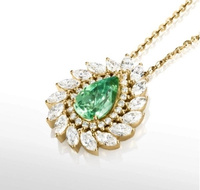
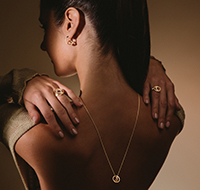

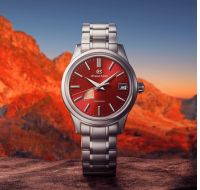

.jpg)
.png)
